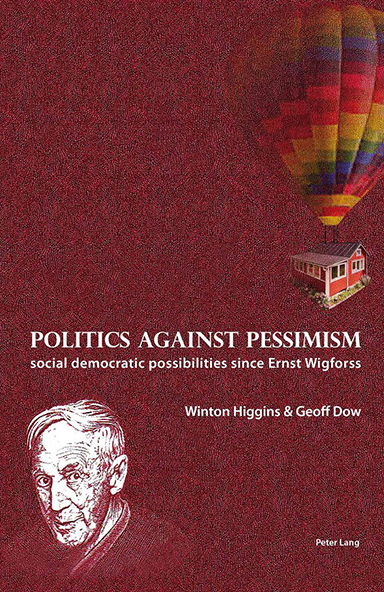Love Death Chariot of Fire
‘Here is a splendid love story of maker for machine: an inventor’s single-minded devotion to his imperilled country, and to the fighter plane that he hopes will save it. Winton Higgins handles the origin story of the Spitfire with the surefootedness of the historian, and eloquence of the poet. His drama of creation is made all the more poignant by its backdrop of destruction: the collective destruction of war, and the personal destruction of the cancer that Mitchell attempts to outpace just long enough to get the job done.’
Sara Knox author of The Orphan Gunner










